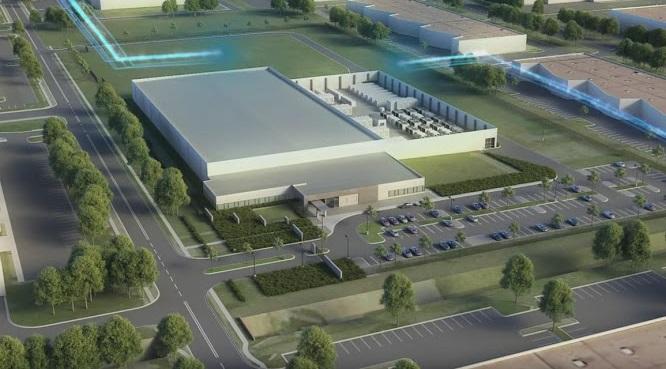By David Liggitt · 11/24/2015

It's no secret that data center providers have moved the majority of new development out of urban areas and into suburban locations over the last few years. Examples of this trend can be seen in the suburbs of Northern Virginia, Northern California, Dallas/Ft. Worth, Chicago, Phoenix, and Northern New Jersey. So why are data center providers moving to these areas and how is that advantageous to the end user?
Why Data Center Providers Like The Suburbs
In the suburbs of the top primary markets tracked by datacenterHawk, the trend is new data center construction. Data center providers build new facilities in the suburbs because of the following advantages:
- Cost – Real estate prices in the suburbs are typically less than in the urban core of a big city. In dense urban markets such as New York City, Seattle, and Chicago the exorbitant real estate prices make new construction unaffordable
- Options – Suburban locations often have more available land sites for development than urban areas. A new build in the suburbs often results in larger, more customized data centers. These custom facilities can offer users options for cloud and colocation workloads along with managed IT services because they are designed from the ground up with the latest technology
- Efficiency – Obtaining permits in a major city can be a time-consuming aspect of a building project, let alone a highly-customized building like a data center. But that same permitting process in municipalities just a few miles outside of a big city is often much easier because there is less bureaucracy with construction
- Proximity – Data center providers find that companies typically want their resources local to leverage reduced network latency and management costs
- Competitive Advantage – It's human nature to like and want new things, and newly-built data center facilities are more easily marketed than one housed in an older, retrofitted office building
One thing to note about retrofitting a building for data center use: While a retrofit can offer a time-to-market advantage, it's not as much as you might think. Converting older buildings can create additional unforeseen challenges. Most providers prefer constructing new facilities.
Examples of the Suburban Market Trend
- Dallas/Ft. Worth – Aligned Data Centers recently opened their first phase of development in Plano, TX, a suburb north of Dallas. Phase 1 of the massive complex is 100,000 SF and Aligned plans to add another 200,000 SF based on customer demand
- Chicago – DuPont Fabros purchased a 9.7-acre parcel of land adjacent to their CH2 data center in August 2015. The company is in the process of removing the existing warehouse tenants from this land and finalizing the design for CH3, a purpose-built data center with 22 MWs of critical load
- Northern New Jersey – Internap built their NYJ004 facility in Secaucus, NJ after their lease was not renewed for their data center in the Google-owned 111 East 8th building in New York City. In this multi-phase project, Internap notes Phase 1 is almost fully leased and data center tenants are now moving into Phase 2
- Northern Virginia – Equinix recently broke ground on undeveloped land next to their current Ashburn, VA (a suburb of Washington, DC.) campus. Equinix currently has ten data center facilities in Ashburn and nearby suburbs, and the latest construction will effectively double their capacity in this market. Digital Realty also announced plans for a sizable expansion of their facilities in Ashburn
- Phoenix – CyrusOne continues development on their campus in Chandler, AZ approximately 25 miles outside of downtown Phoenix. This unique suburban data center was, as CyrusOne CEO Gary Wojtaszek put it, "built from an alfalfa field to a completed data center within three months, which is a record amount of time in the industry"
How the Data Center User Benefits from Suburban Data Centers
- Competition – Data center development in suburban markets creates a competitive environment for companies seeking colocation and cloud solutions
- Close to Office Locations – Proximity matters to a company when it comes to their data centers, and most CIOs would prefer their mission-critical data to be close
- Cost – Laws of supply and demand created by competition for customers in turn creates competitive pricing, making suburban data centers relatively affordable in most markets
How To Choose The Right Market
Deciding on a suburban build requires up-to-date information about a market's power, space, fiber, and other critical data points. At datacenterHawk, we track critical information in over 30 markets in the United States and Canada in real time. We then combine all of that hard data with our in-depth research notes and interactive maps to provide the information needed to make smart, data-driven decisions about a data center solution.
Sign up for a free trial of datacenterHawk services at https://www.datacenterhawk.com/register
